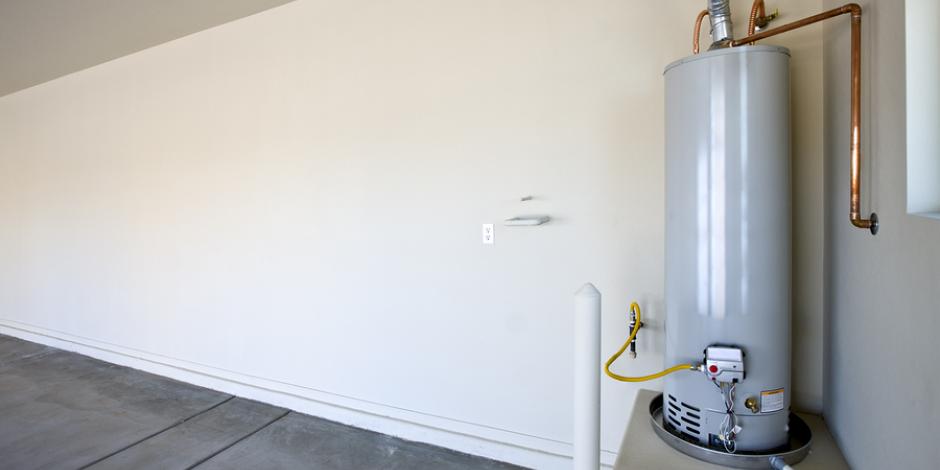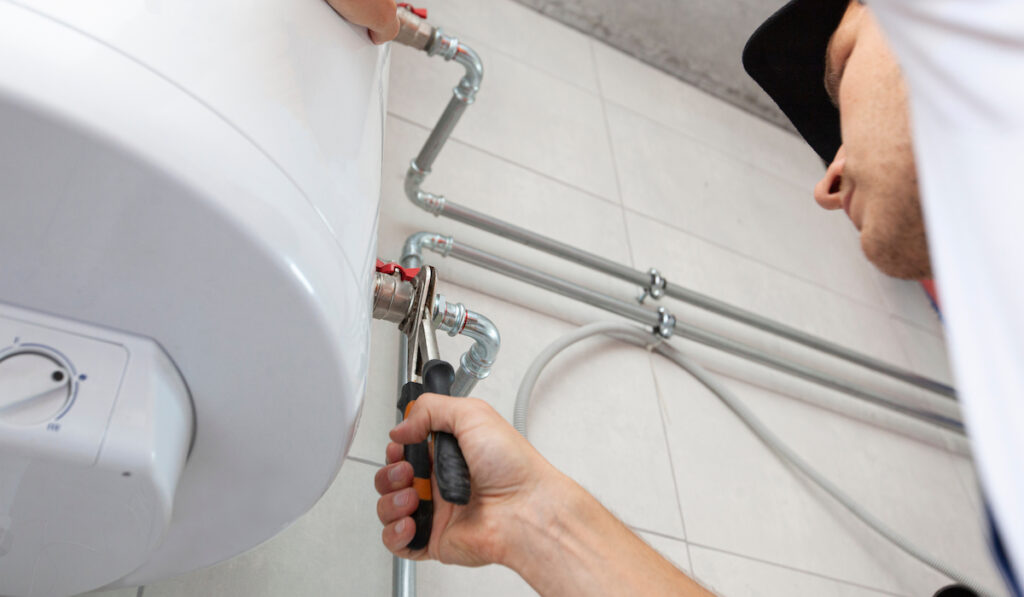Best Practices for Caring for Your Home's Hot Water System
Best Practices for Caring for Your Home's Hot Water System
Blog Article
What are your ideas concerning Water Heater Maintenance Tips You Can't Afford to Forget?

Hot water is vital for day-to-day convenience, whether it's for a rejuvenating shower or washing recipes. To guarantee your hot water system runs efficiently and lasts much longer, normal upkeep is key. This write-up offers functional pointers and insights on exactly how to maintain your home's hot water system to prevent interruptions and pricey fixings.
Intro
Maintaining your home's hot water system may appear overwhelming, yet with a few simple steps, you can guarantee it runs efficiently for several years to come. This guide covers whatever from comprehending your hot water system to do it yourself upkeep ideas and recognizing when to call in professional help.
Significance of Maintaining Your Hot Water System
Routine maintenance not only prolongs the life expectancy of your warm water system yet additionally guarantees it runs successfully. Ignoring upkeep can cause reduced performance, greater power costs, and also early failing of the system.
Indications Your Warm Water System Requirements Upkeep
Knowing when your hot water system needs interest can avoid significant concerns. Watch out for indications such as inconsistent water temperature level, odd noises from the heater, or rusty water.
Understanding Your Warm Water System
Prior to diving right into maintenance jobs, it's helpful to understand the standard parts of your warm water system. Normally, this includes the water heater itself, pipes, anode poles, and temperature level controls.
Regular Monthly Maintenance Tasks
Regular month-to-month checks can assist catch minor concerns prior to they intensify.
Flushing the Water Heater
Flushing your hot water heater gets rid of sediment buildup, improving performance and lengthening its life.
Checking and Replacing Anode Rods
Anode poles protect against rust inside the storage tank. Inspecting and changing them when broken is important.
Examining and Adjusting Temperature Level Setups
Adjusting the temperature level setups guarantees optimal efficiency and security.
DIY Tips for Upkeep
You can do a number of maintenance jobs yourself to maintain your warm water system in top condition.
Checking for Leakages
On a regular basis inspect pipelines and links for leaks, as these can lead to water damages and higher costs.
Checking Stress Relief Valves
Testing the stress relief valve guarantees it works appropriately and stops too much pressure buildup.
Protecting Pipes
Shielding hot water pipelines decreases warmth loss and can save power.
When to Call a Professional
While do it yourself maintenance is valuable, some issues call for professional experience.
Complex Concerns Requiring Expert Help
Instances consist of major leaks, electrical troubles, or if your water heater is continually underperforming.
Routine Specialist Maintenance Perks
Specialist maintenance can consist of thorough assessments, tune-ups, and making sure conformity with safety criteria.
Conclusion
Regular maintenance of your home's hot water system is necessary for performance, longevity, and cost savings. By complying with these ideas and recognizing when to look for specialist aid, you can ensure a trusted supply of hot water without unexpected disruptions.
Water Heater Maintenance Tips
Test the TPR Valve
Shut off the power and the cold-water supply valve. Place a bucket under the pipe connected to the temperature-pressure-release (TPR) valve on the top or side of the tank. (This valve opens if the tank pressure gets too high.) Lift the valve’s tab to let some water out, then let go. If water keeps flowing, drain the tank partway, unscrew the old valve with a pipe wrench, and install a new one. Check the Anode Rod
Put a hose to the tank’s drain cock and let out a few gallons of water. Now fit a 1 1/16-inch socket onto the rod’s hex head on top of the heater (or under its top plate) and unscrew the rod. If it’s less than ½ inch thick or coated with calcium, buy a new one, wrap its threads with Teflon tape, put it back in the tank, and tighten securely. Use this segmented rod if headroom above the tank is limited. Drain the Tank and Wash Out Sediment
Drain the remaining water in the tank into the bucket, then stir up the sediment on the tank’s bottom by briefly opening the cold-water supply valve. Drain and repeat until clean water comes out of the hose. Close the drain cock, refill the tank, and turn its power back on. Adjust the Temperature
Find the temperature dial on the side of the tank and unscrew its cover. Adjust the dial to 120 degrees using a flathead screwdriver. For every 10 degrees the temperature is lowered, you can expect to save up to 5 percent in energy costs. Turn the water heater off or the thermostat down to its lowest setting if you plan to be away from home for more than three days. Insulate the Pipes
Buy some self-sticking 3/8-inch-thick foam pipe insulation that matches the pipes’ diameter. Slide the foam over the hot-and cold-water pipes as far as you can reach. Insulating the cold-water pipe prevents condensation in summer. Peel the tape and squeeze the insulation closed. If the pipe is 6 inches or less from the flue, cover it with 1-inch-thick unfaced fiberglass pipe wrap. https://www.thisoldhouse.com/plumbing/21016402/how-to-maintain-a-water-heater

As a passionate reader on How to Maintain a Hot Water Heater in a Few Simple Steps, I was thinking sharing that excerpt was a good thing. Sharing is good. Helping others is fun. Thanks a bunch for your time. Please check our blog back soon.
Rates Report this page